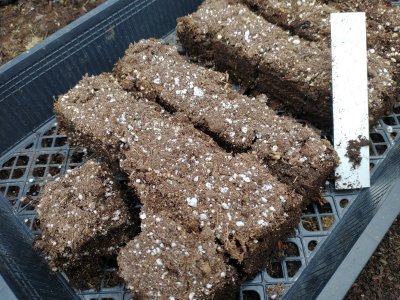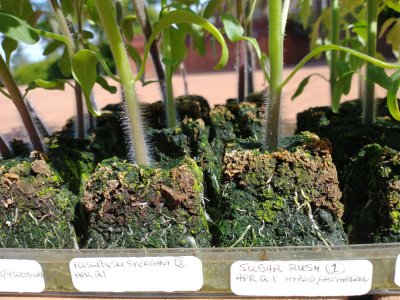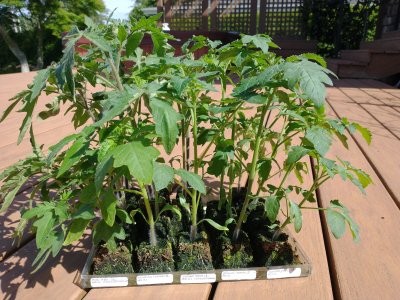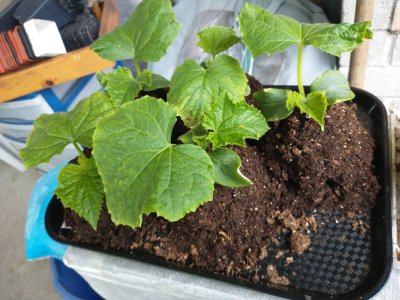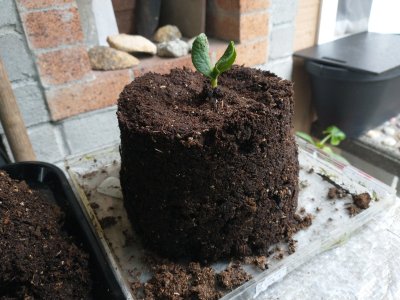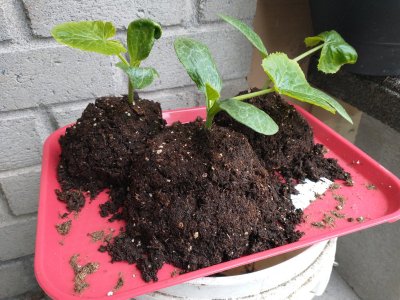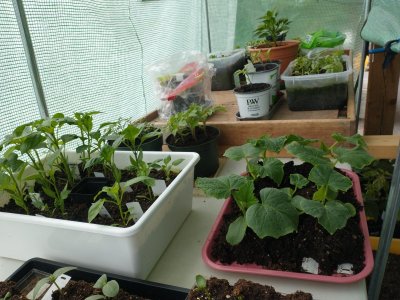GottaGo
Deeply Rooted
I've been busy busy busy, between soil blocking more basil, just the Italian Large Leaf at the moment for the produce stand, and starting the Bush green beans, squash, zukes, cantaloupes and watermelons for the home garden, I just don't have many moments to myself. The seeds started in the 2" blocks have taken off like mad, EXCEPT for, again, parsley and sage. I don't have a clue what I'm doing wrong but it galls me that in order to have a supply I'm going to have to *gasp* buy some?


